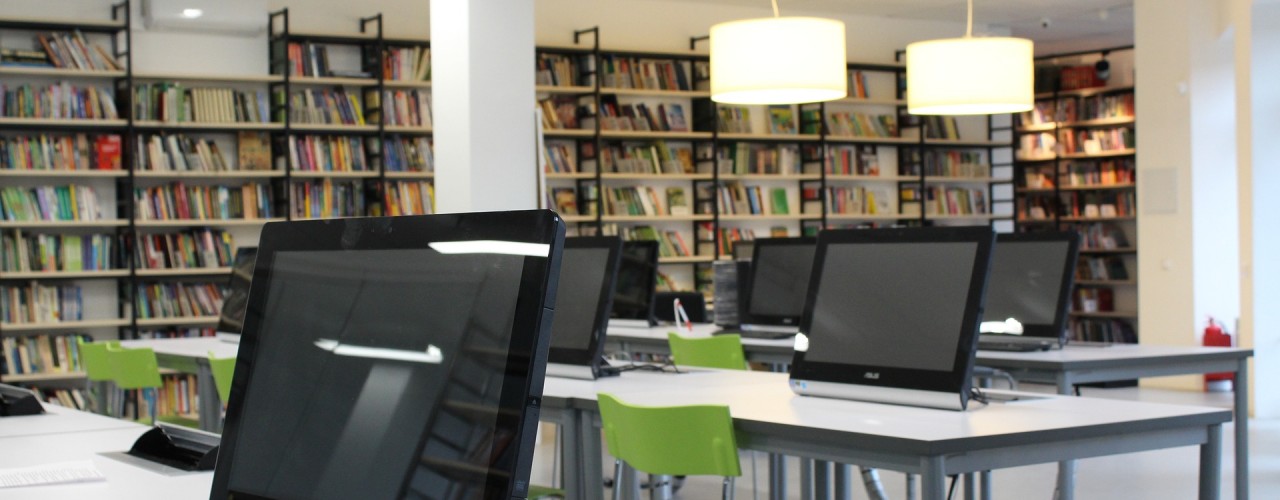The Internet can Improve the Quality of Education
Education is the key to success but we also need to know that education needs certain tools for it to be a success. Many countries are now embracing the use of ICTs in schools and they need to go a step further by using internet technologies.
After two years of waiting, the government has announced that it will now borrow the Brazilian model to establish computer labs in schools instead of its initial plan to buy a laptop computer for each school-going child.
This was announced by the Education Cabinet Secretary Prof Jacob Kaimenyi last week.
According to The Star, Prof Kaimenyi said the ministry has studied the Brazilian computer project for schools which it implemented with the support of UNESCO and found that the same model which has been implemented in India, Indonesia, and Nigeria can replicated in Kenya.
In incorporating ICT in education system, Brazil’s Education Ministry established computer lab in all schools
Sourced from:http://www.cio.co.ke/news/main-stories/kenya-to-borrow-brazilian-model-for-school-laptop-project
Some of the internet resources come in form of video and podcasting. This means no matter where children are they can access learning materials. There are also digital presentation tools so that learning is not only limited to dealing with the abstract but ideas are actually illustrated for clear understanding.
1. Video and Podcasting Resources – One of the most widely adopted internet technologies for use in instructional settings is video streaming. In addition to the ubiquitous YouTube, there are several education-specific video hosting sites, including TeacherTube, EduTube, and SchoolTube. There are an abundance of lectures, how-to videos, and similar materials available on the web, perfect for supplement both face-to-face and online courses. Check out “A Dozen Great Free Online Video Lecture Sites” for a wide selection of lecture content. Podcasting has also been used to provide similar offerings of audio materials through popular sites like iTunes U (learn more about Podcasting here).

2. Digital Presentation Tools – There are dozens of tools on the Internet that can be used to create and share presentations. This summer’s post, “8 Great Free Digital Presentation Tools For Teachers To Try This Summer” provides a good starter set of tools to try if you wish to learn more about these fun applications. These tools can be used to support classroom teaching or distance learning, and provide engaging ways for students to create and deliver reports and presentations.
Sourced from:http://www.emergingedtech.com/2011/09/10-internet-technologies-educators-should-be-informed-about-2011-update/
Learning should not only be limited to classrooms. Students can learn anywhere they want to thanks to lecture capture. They get to read and simply come to class to discuss further where they did not understand. This mode of learning has several benefits.
“The teacher makes his traditional recorded whiteboard lesson as usual, but the students can make comments all along the timeline,” he explains. If a student is confused about a particular concept midway, for example, he can hit a button and post a question. “The teacher and all the students in the class see that comment–it could be over the weekend. All of a sudden, people’s iPods and iPhones are going off with notifications. They can go in and answer that student’s question right on the spot. It truly opens up learning to be 24/7.”
Cross-Disciplinary Sharing
For centuries, the prevailing model in higher education has involved one instructor and a class of students. With lecture capture, though, schools can take a broader, “it takes a village” approach to instruction. At colleges that have adopted a common lecture capture platform, for example, faculty can build courses that also pull in lectures from professors in related fields.
At Eastern Michigan, for example, Fedel utilizes the Panopto recordings of colleagues in disciplines such as athletic training, chemistry, and anatomy. To remind his students what they need to know about osmosis, for example, he links them to a short biology lecture on the subject created by one of his colleagues. “It’s the cooperative business of education,” he says. “We’re building a holistic approach. It’s a very flexible system. It’s dynamic, interconnected, and growing.”
Sourced from:https://campustechnology.com/Articles/2013/11/20/6-Innovative-Uses-of-Lecture-Capture.aspx?Page=2

